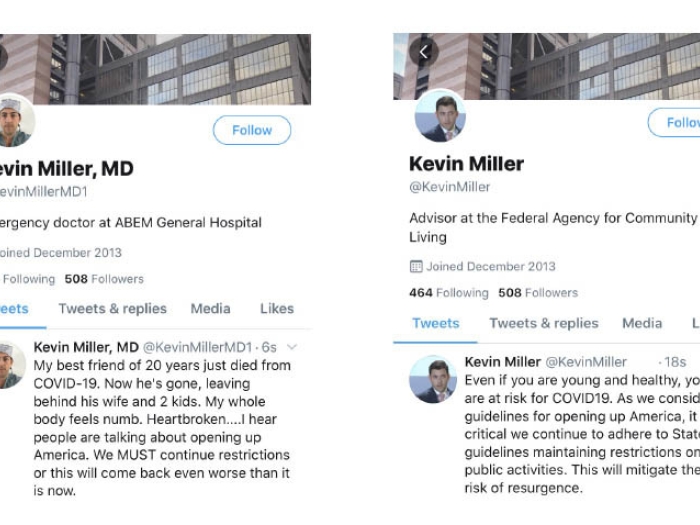
Health Lab
Emergency physicians sharing personal messages has across-the-board impact, randomized simulation finds.
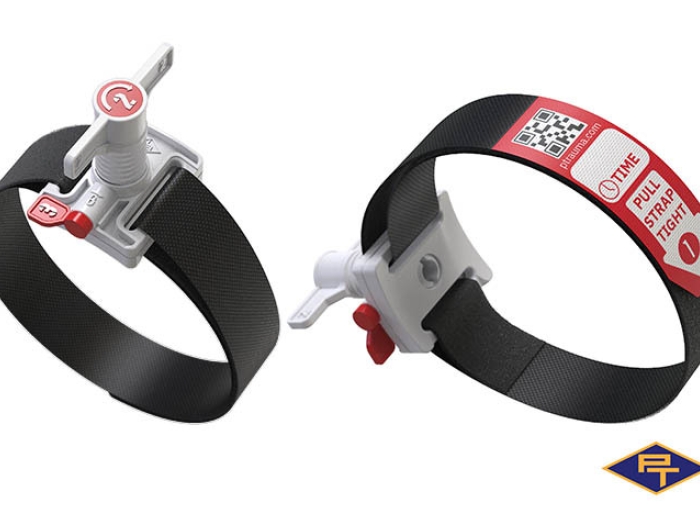
Health Lab
Critical care researchers and veterans are bringing devices used to stop hemorrhage bleeds on the battlefield to civilian life.
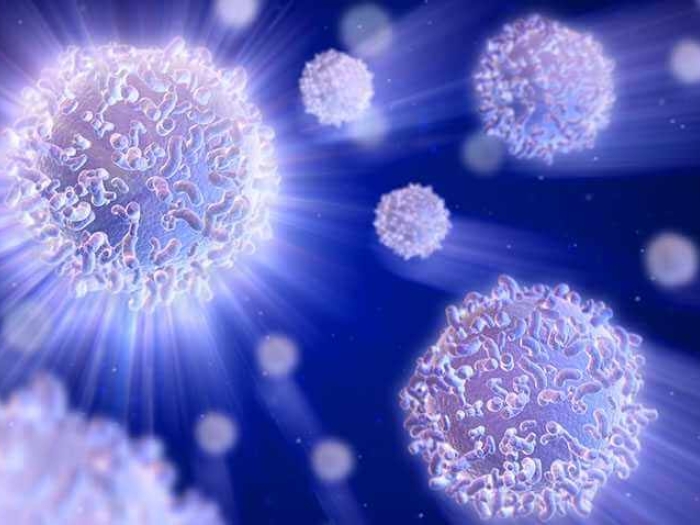
Health Lab
Researchers have created an experimental device that, instead of inhibiting inflammatory proteins in COVID-19 patients, changes the phenotype of circulating white blood cells, helping wean two patients off ECMO.
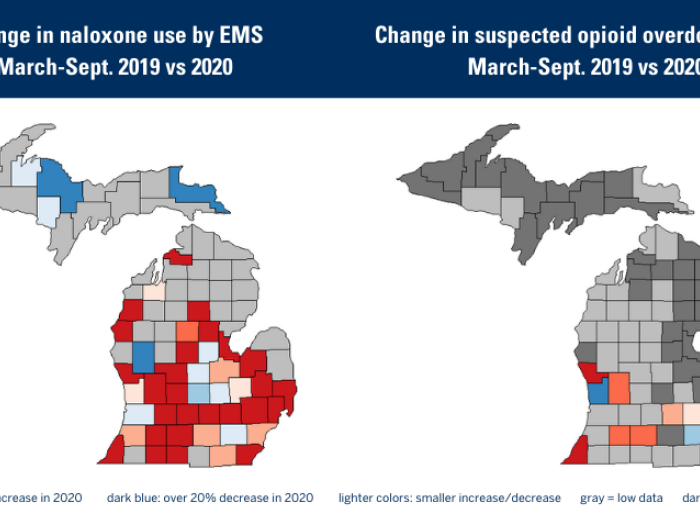
Health Lab
Opioid overdose deaths and uses of naloxone Narcan by first responders both rose during the peak COVID-19 months in Michigan.
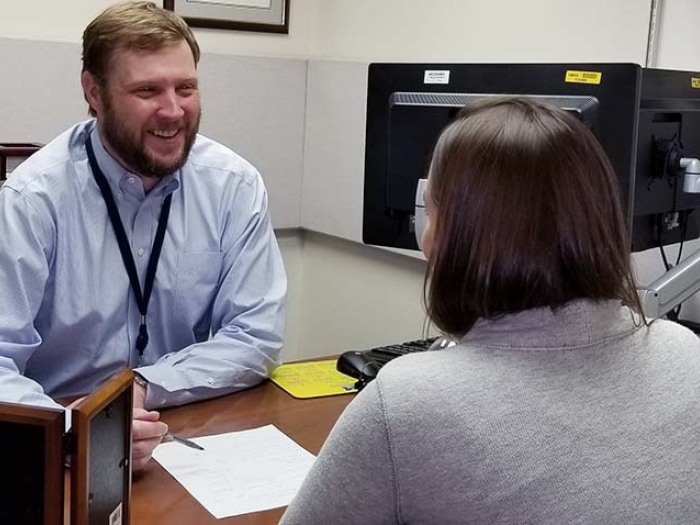
Health Lab
How one Michigan Medicine researcher’s Fulbright Scholar award will impact future work at Michigan Medicine.
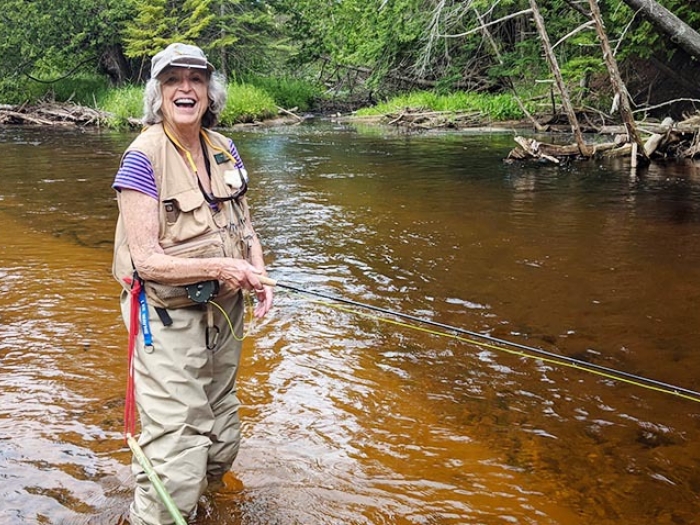
Health Lab
When a retired nurse unexpectedly found herself as the patient in the emergency department, personally connecting with her care team made all the difference – even if they are college football rivals.
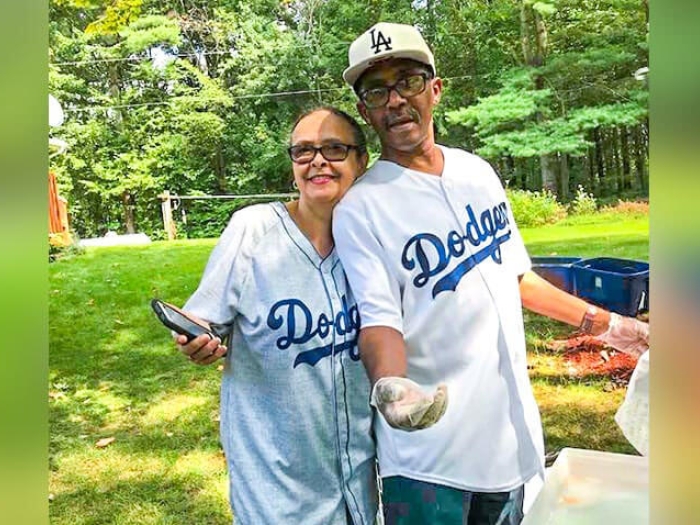
Health Lab
A liver transplant recipient spends 40 days in the ICU at Michigan Medicine and recovers. He shares how his wife and a familiar doctor helped him survive.
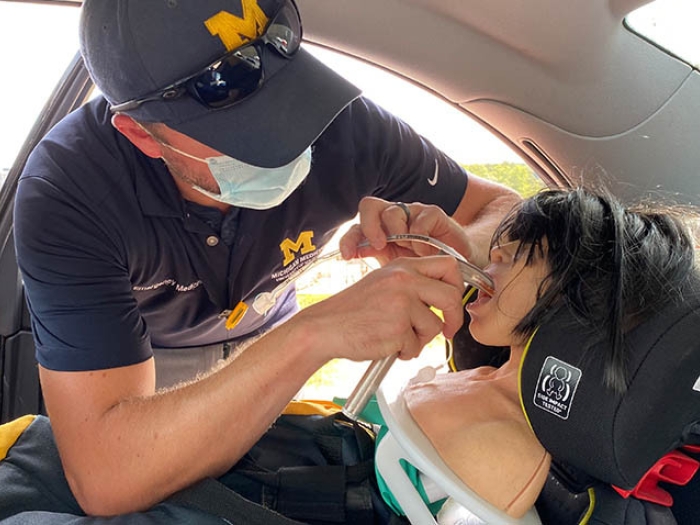
Health Lab
The one-year training gives emergency medicine physicians additional education in prehospital medicine.
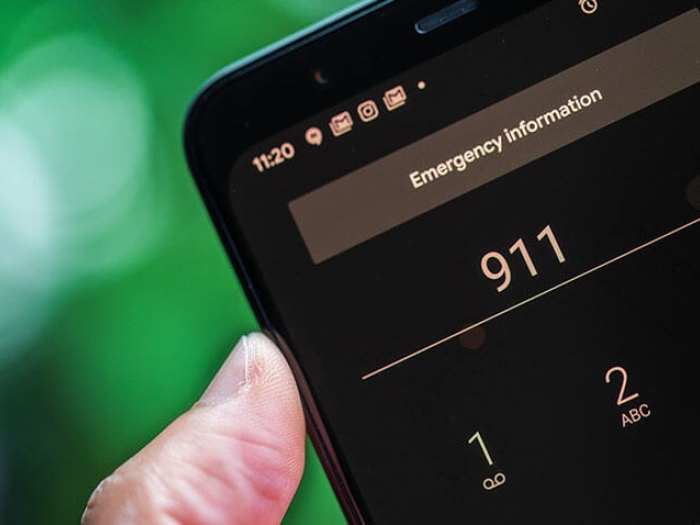
Health Lab
Apps like Uber or Lyft can find you easily for a ride to the airport. So why is getting help to get to a hospital in an emergency so much more complicated?
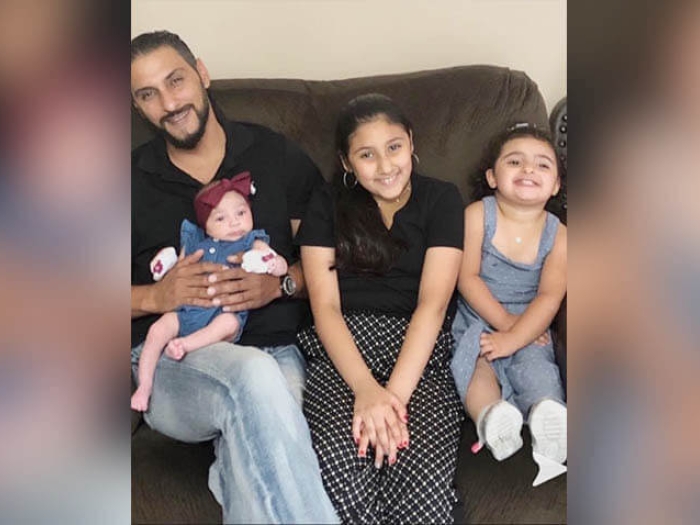
Health Lab
A seemingly normal errand run turned abnormal for one man when his heart stopped beating. How a Michigan Medicine surgical resident happened upon the man’s emergency and helped save his life.
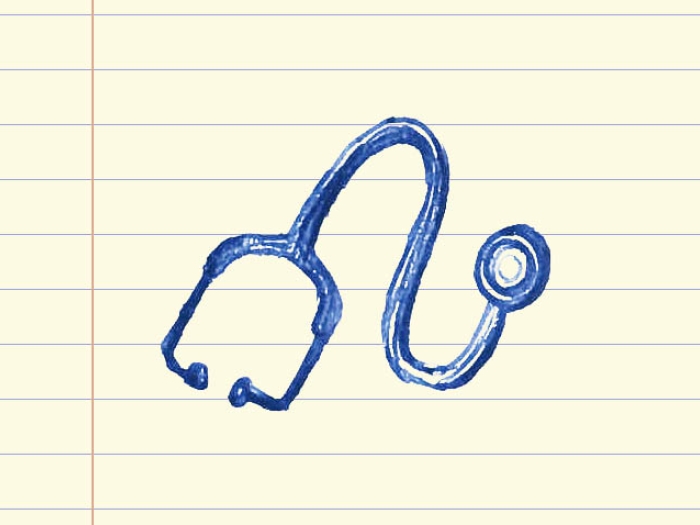
Health Lab
A new paper highlights strategies that emergency departments can implement to support lactating emergency physicians.
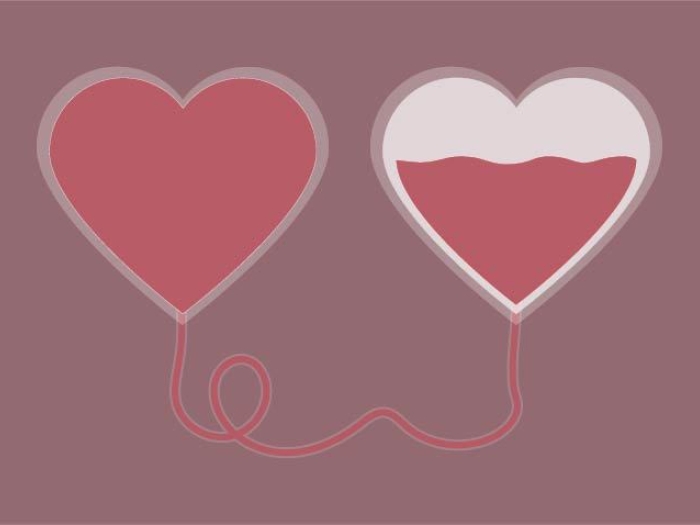
Health Lab
Blood supplies are critically low and blood donations are needed to help patients. Donating blood or hosting a blood drive can help.
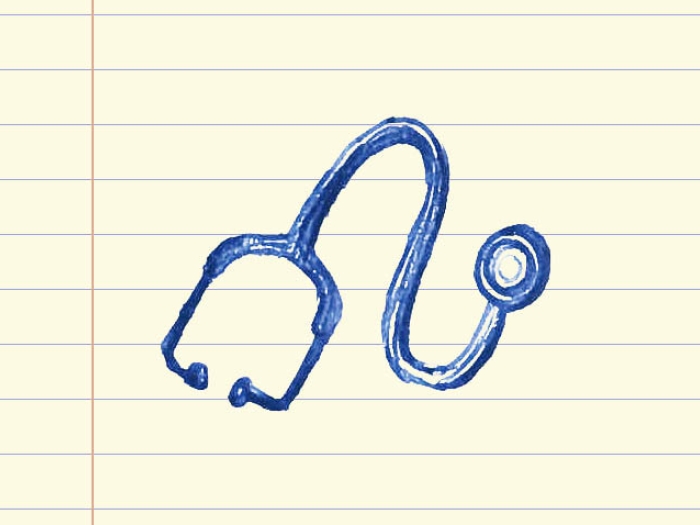
Health Lab
A new commentary highlights the dramatic decline in emergency department visits during the COVID-19 pandemic and what could be causing the decrease.
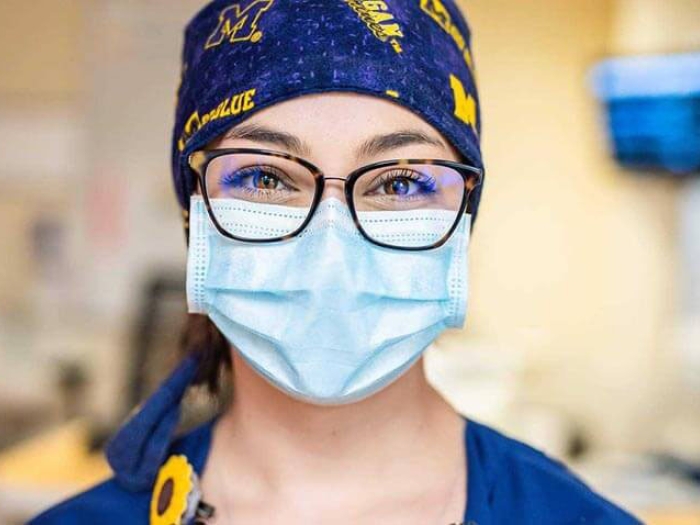
Health Lab
Seven nurses taking care of COVID-19 patients reflect on their journey into the medical field and what they want others to know about the pandemic
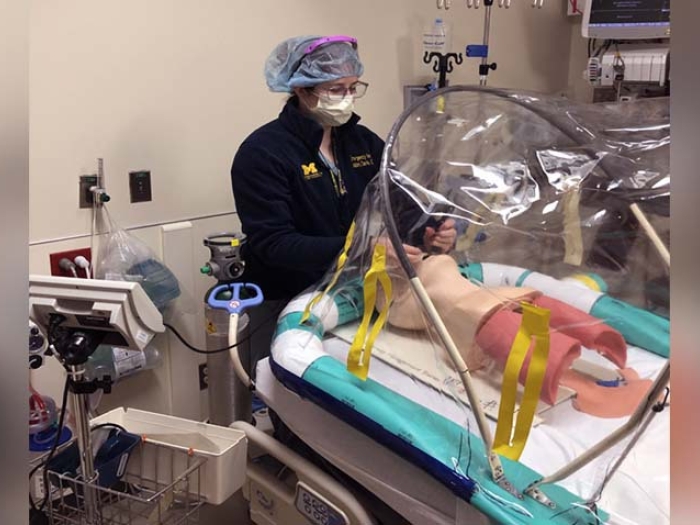
Health Lab
The coronavirus pandemic is spurning innovation in medical technology as evidenced in two new devices designed to protect patients and providers during treatment for COVID-19.